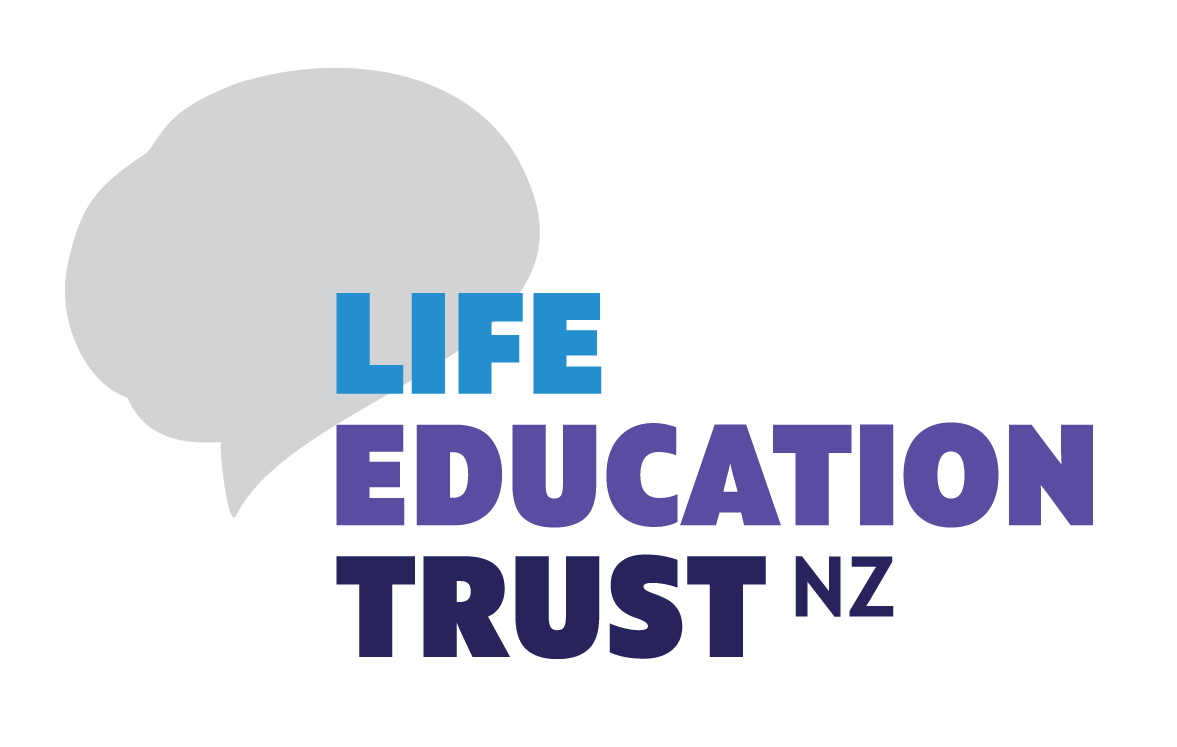What is the Muscular System?
Muscles make all our movements possible. We have over 600 muscles in our body. Without them, the rest of our body systems would not be able to function.
We have three different types of muscles in our bodies:
Smooth muscles, also called ‘involuntary’ muscles, are controlled by our brain. We can’t consciously control these muscles. Smooth muscles keep our crucial body systems working. For example, the muscles that move our food through the digestive system, or focus our eyes as we look around, are smooth muscles.
Skeletal muscles are the muscles that we can control. They are also known as ‘voluntary’ muscles. Tough cords of tissue, called tendons, attach skeletal muscles to our bones. When we decide to make a movement, we send a message from our brain to the muscle we want to move. The muscle contracts, and pulls the tendon and bone with it - and that is how we move. A message can travel from the brain to the muscle at speeds as fast as 430 km/hr!
The gluteus maximus (buttock) muscles are the strongest muscle in the body. They enable our legs to straighten when we walk, run, or climb. They are also the muscles we use when we stand up from a sitting position.
Cardiac muscle is the thick, strong muscle that makes up our heart. It is considered an involuntary muscle because a special group of cells stimulate the heart to contract and pump blood around the body - all day, every day.
Muscle is a soft tissue made up of fibres. The fibres are built from cells which contain protein filaments that slide over each other to make a contraction.
Our skeletal muscles often work in pairs or groups, so that our movements are smooth and coordinated.
For example, the biceps muscle contracts to bend the arm, while the triceps muscle contracts to allow it to be straightened.
Major Muscles
Because there are so many skeletal muscles in your body, we can't list them all here. But here are a few of the major ones:
- In each of your shoulders is a deltoid muscle. Your deltoid muscles help you move your shoulders every which way — from swinging a softball bat to shrugging your shoulders when you're not sure of an answer.
- The pectoralis muscles are found on each side of your upper chest. These are usually called pectorals or pecs, for short. When many boys hit puberty, their pectoral muscles become larger. Many athletes and bodybuilders have large pecs, too.
- Below these pectorals, down under your ribcage, are your rectus abdominus muscles, or abdominals they're often called abs for short.
- When you make a muscle in your arm, you tense your biceps muscle. When you contract your biceps muscle, you can actually see it push up under your skin.
- Your quadriceps or quads, are the muscles on the front of your thighs. Many people who run, bike, or play sports develop large, strong quads.
- And when it's time for you to take a seat? You'll be sitting on your gluteus maximus - the muscle that's under the skin and fat in your behind!
Now you have read the Fact Sheet give Harold's Quiz a try!
Download PDF Back to resources
